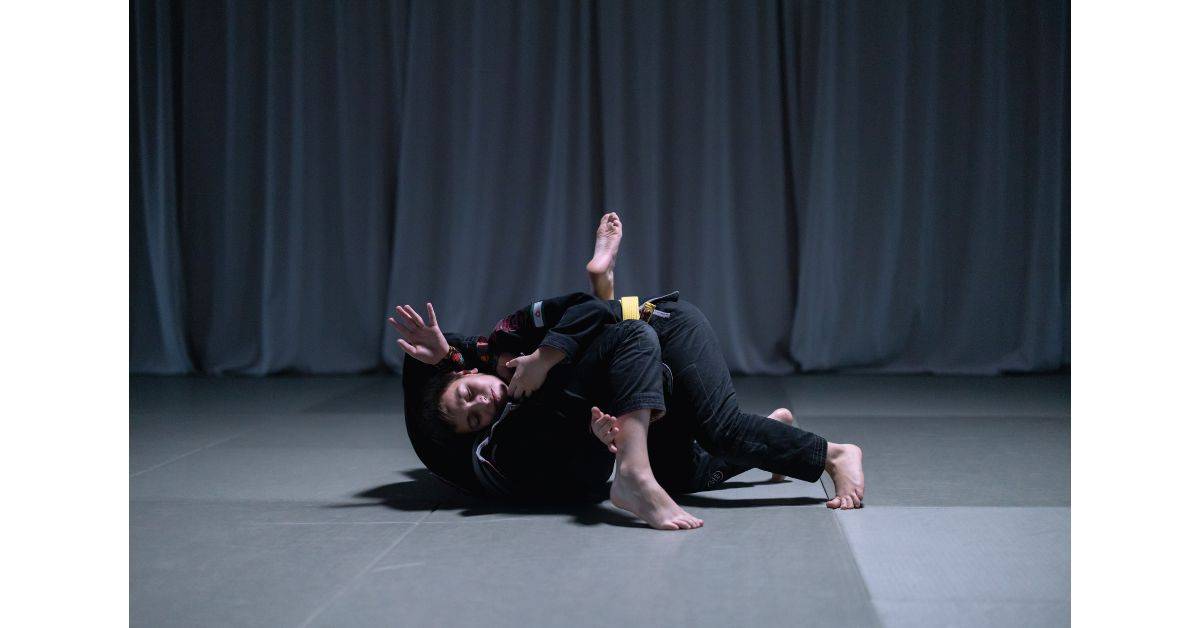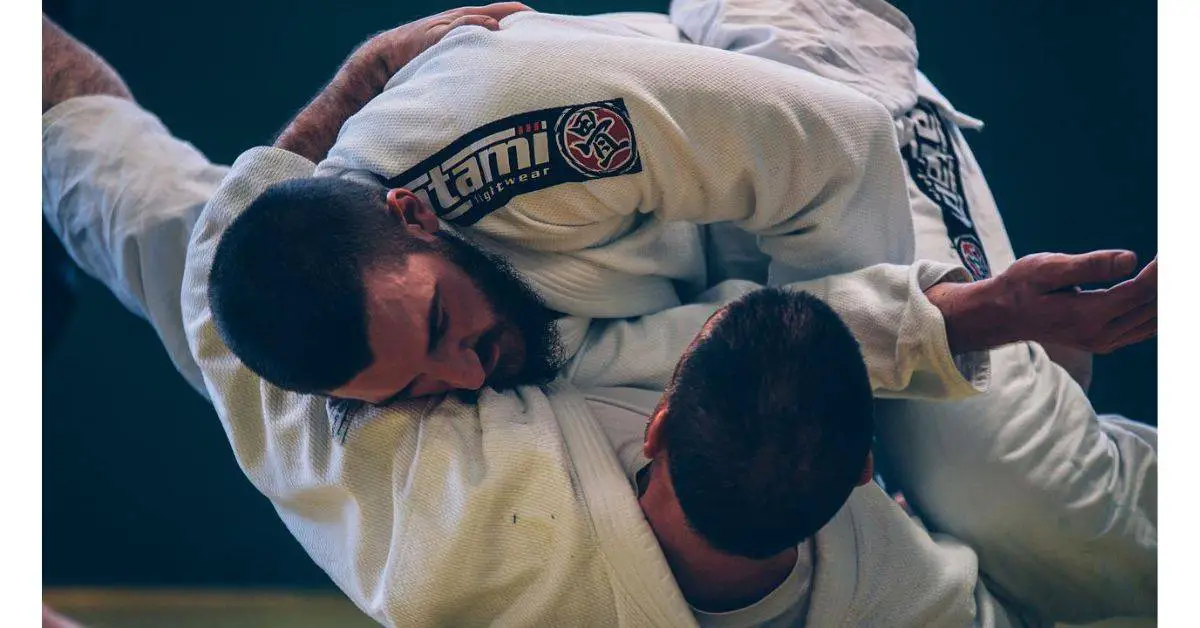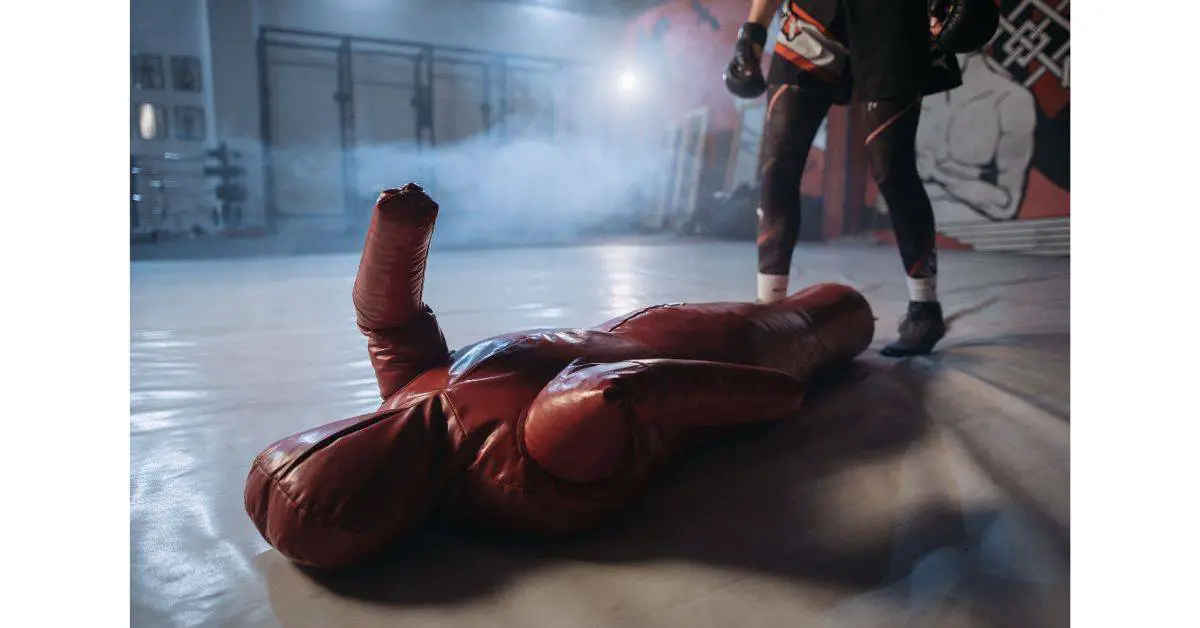BJJ, or Brazilian Jiu-Jitsu is one of the most popular martial arts worldwide. As a result, many of its trainees report feeling many benefits they haven’t experienced before. On the other hand, some trainees get injured while training; here are the most common one:
- Back
- Knee
- Arm/elbow
- Foot/toes
- Hand/fingers
This article will demonstrate and give examples about the specific types of injuries BJJ trainees experience. If you want to ensure your safety, you better know what to watch out for. Therefore, knowing what the most common injuries are—is a suitable choice.
Of course, the information we have is taken from a survey of 140 practitioners who reported which injuries they experienced. Eventually, we received a data-set was built by the administrators of the survey. This data-set gives us all the answers we need.
Before diving in, I want to mention that injuries are extremely common in all sports, even if they’re considered safe. For example, one may think that a sport like Tennis is 100% safe.
Nonetheless, even in Tennis, injuries are common. So, every sport is somewhat dangerous; thus, let’s understand what causes these injuries and how you can avoid them as effectively as possible.
Now, we can start with the most common hurts and how you can avoid them.
#5 – Back
In the 5th spot; hence the 5th most common injury spot in BJJ—is the back. It’s important to mention that most sports provide some degree of back harms risk. As a result, the fact is, it’ll be best not to be afraid of getting back pain—as it has a chance of happening anywhere you go.
Because BJJ is the art of grappling, it’ll provide some risk to the back. While rolling with your training partner, you’re maneuvering your opponent in many positions. Of course, the same applies to you.
Therefore, you’ll have some back risk while doing BJJ.

As you may know, Brazilian Jiu-Jitsu doesn’t work alone. You must train with another person to completely learn the art, especially in the advanced stages of training. So, whenever training with another person you can’t control, you’re putting yourself at risk.
Finally, here are some of the most common symptoms BJJ trainees feel regarding their back injuries:
- Lower back pain
- Muscle spasms
- Upper back pain
Read more about BJJ and whether it’s suitable for losing weight by following the link to an article of mine.
#4 – Knee
The 4th most popular injury amongst Jiu-Jitsu practitioners is the knee. We, as human beings, suffer from a great deal of knee pain. In fact, 100 million Americans suffer from chronic pain, the knee being in the second spot.
Avoiding knee pain is almost impossible when you’re participating in any type of sport. The only caution step you can take is to wear knee-pads. Nonetheless, these are not as common in the world of martial arts.
Here are the most common injury places for the knee:
- Knee pain
- Meniscus tear
Personally, I’ve suffered a great deal of knee pain in my martial arts career. As a result, I know how it feels. Thus, I can tell you for certain, you must avoid hurting your knee as much as possible.
To do so, don’t allow your training partners to hurt your knee. If you spot any risk of knee injury, ensure you stop the training session and think, what’s the best next step? Should you stop training altogether, or can you continue?
Don’t allow anyone to injure you, even if you’re in the middle of a training session.
Before we continue, hold up. Follow the link to read whether BJJ has an age limit. If you think you’re too old to start training, do read it.
#3 – Arm/elbow
The 3rd most common injury amongst Brazilian Jiu-Jitsu trainees—is the arm/elbow. As you may imagine, when you spar with another trainee, you’re putting yourself at risk.
Combine that with the risks ground grappling offers, which aren’t as high as other martial arts, such as boxing and MMA. If you’ve ever watched a UFC match, you can assume the rate of injuries is higher than BJJ’s.

Nonetheless, BJJ offers various risks to the arm and the elbow. While rolling (sparring), you’ll constantly be seeking ways to penetrate your opponent’s line of defense. That’ll require you to use your arms and maneuver it in ways that may cause pressure.
This pressure can be a primary cause in the arm/elbow department. So, avoiding it—is difficult. And still, pay attention to your arm and elbow in training. If you notice any amount of pressure you feel uncomfortable with, cease the training.
Here are the two most common injuries in the hand or elbow while doing BJJ:
- Hyperextension
- Elbow pain
#2 – Foot/toes
The second most common type of injury in BJJ—is foot and toes. You most likely have felt this type of pain at some point in your life. I mean, don’t you know what it feels like to jam your pinky in the nearest table edge. I sure do.
Your foot and toes are at risk while doing BJJ because when maneuvering your opponent, it may stumble upon various objects, primarily the mat. When that happens with enough pressure, your foot will take a toll.
That pressure may be the cause of an unexpected move from your opponent; you’ll never know where it came from.
Moreover, injuring your foot and toe doesn’t have to be as dramatic as you may think. A simple jammed toe will ensure you don’t step a foot on the mat for the next week, literally.
Here are the most common foot and toe injuries you may experience:
- Jammed toe
- Toe hyperextension
- Bone fracture
Before we continue, I recommend reading another article of mine on whether BJJ is effective for self-defense. If you want to learn how to fight, do ensure you read this article.
#1 – Hand/fingers
Lastly, the most common injury amongst Brazilian Jiu-Jitsu trainees—is hand and fingers. Although they’re not as bad as some other ones, they can be severe. Eventually, they’ll ensure you won’t be able to practice the art of grappling as often as you may like.
When rolling with your training partner, it takes a single bad move from your part to be exposed to injuries. Even when you attack, you expose yourself for injuries – since you can never know what’ll come next.
Your hand and fingers are at the greatest risk because they’re your front line of defense and defense. In the middle of a tough sparring session, you’ll be using your hand and fingers the most. Therefore, they’re the injury trainees report feeling the most.

Here are some examples of common hand and finger injuries amongst BJJ trainees:
- Jammed finger
- Finger hyperextension
- Finger pain
Set your ego aside
I know how difficult it may seem to set your ego aside. If you currently do BJJ consistently, you know how it feels when someone beats you. You always want to win. However, sometimes, it’s impossible.
When you work too hard too often without paying attention to your body, you’re at a greater risk for all types of injuries. As a result, more often than not, trainees with big egos can’t seem to put an end to their desire to win. They’ll eventually do anything to win – even if it means to get injured.
Set your ego aside.
It’s not worth it, trust me. Weeks or even months of constant pain isn’t worth the additional effort. If you desire to have a steady progression rate and ensure you keep entering your BJJ gym, you cannot allow yourself to get injured.
Let me emphasize my point one last time, getting injured isn’t worth it—regardless of the reward; especially when the sole stake is a friendly match. If you feel you’re about to get any type of injuries, ensure you stop and see if you can continue.
Does BJJ cause a lot of injuries?
BJJ, like any other sport, has some risks of injuries. Its trainees will, sometimes, walk out the gym with a hand, finger, foot, leg, back, or even a knee injury. On the bright side, the risk of injuries exists in any sport; and BJJ is no exception. Therefore, don’t hesitate to start your training although this injury risk.
Is it easy to get injured in BJJ?
Getting injured in BJJ—is not as easy as in other martial arts because it doesn’t include any punching or kicking. Punching and kicking are fighting techniques that may cause injuries most often, as they impact the opponent with a large amount of force and pressure with a single blow.
Final words
While Brazilian Jiu-Jitsu has some risk for injury, it’s not as large as other martial arts, such as kickboxing, Muay-Thai, MMA, and even boxing. And still, the risk of injuries exist, which we covered the most common ones in this article.
If you feel the need to stop the current training session, no matter the current exercise, don’t hesitate to do so. Doing so will ensure you avoid as many injuries as possible, as they’re the primary reason people quit.
It’ll be best if you don’t risk weeks or even months of recovery for a single unexpected turn of events. Whenever you feel the need to stop the training, do it.
Nonetheless, don’t be afraid of injuries. Like most of the things in life, they exist, and you shouldn’t focus on them too much. Instead, enjoy training and keep bettering yourself – because you deserve it!
If you enjoyed reading this article, I recommend you read another article of mine on the best grappling dummies for your money and how to fill them. If you want to save money by training at home—they’re a must.

